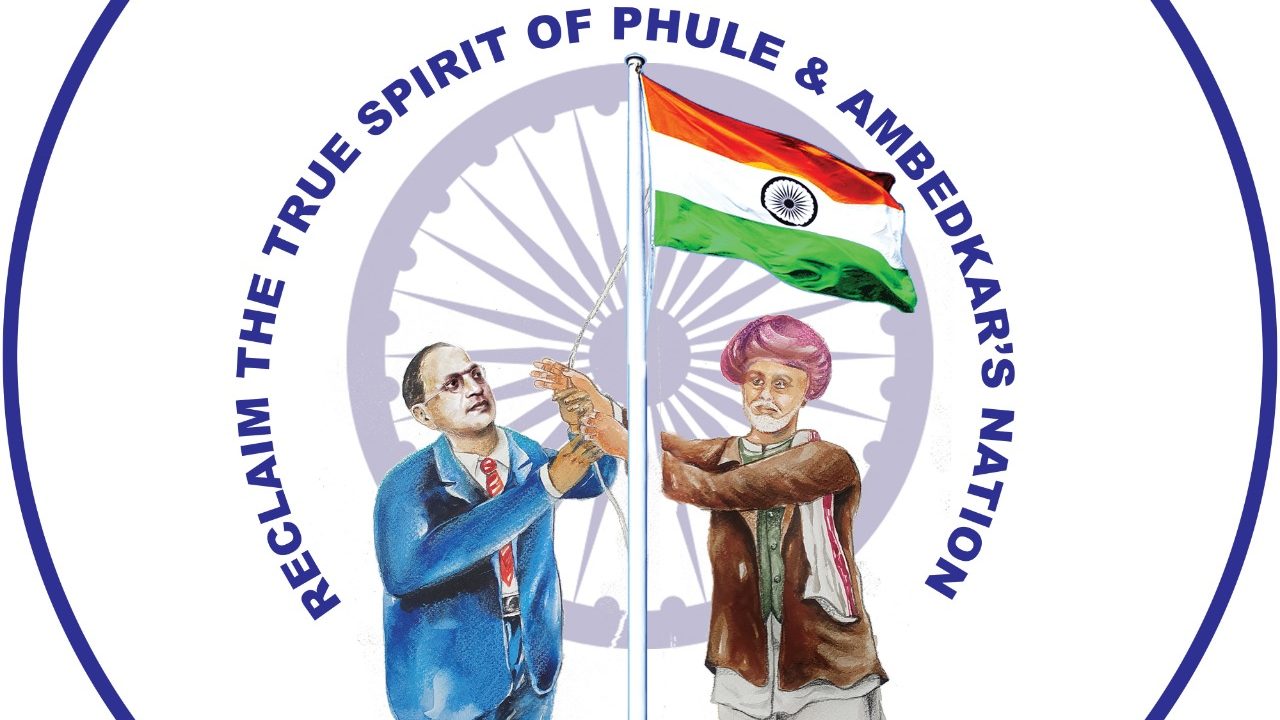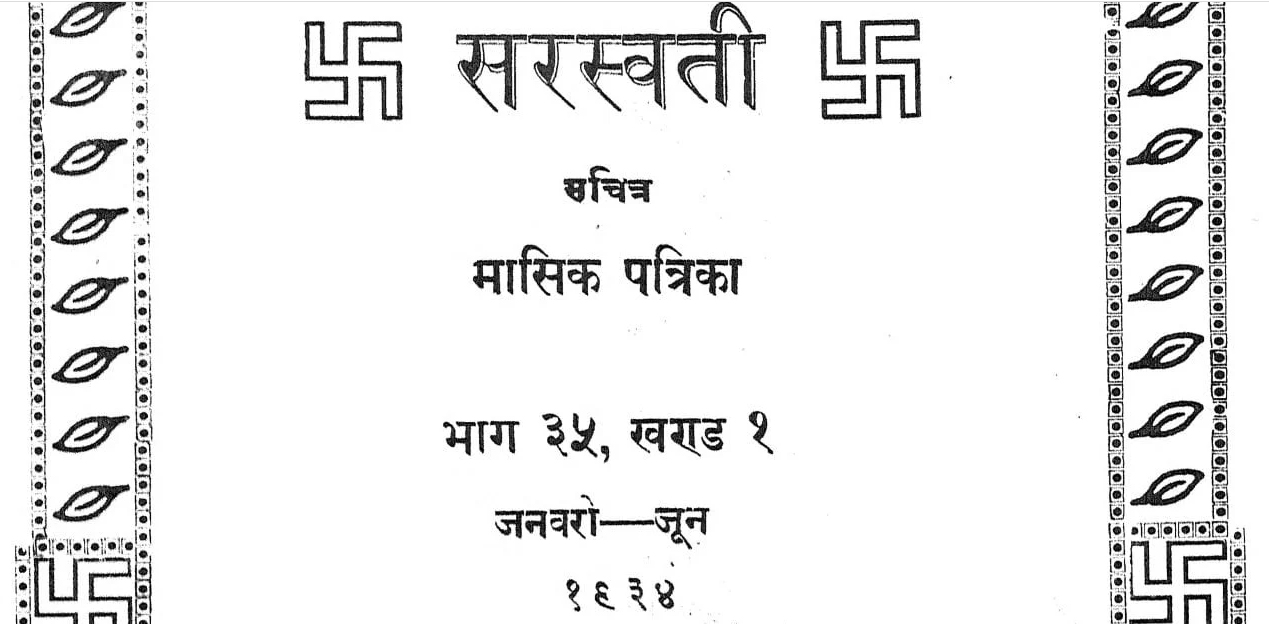According to oral narratives based on the Ramayana, Janak, the king of Mithila, ordered the women of Mithila to paint the whole kingdom on the occasion of the marriage of his daughter Sita to Ram. The women painted the walls of their homes with cow dung and natural colours. However, these narratives are silent about the caste of women painters.
In the early 1960s, Bihar experienced a severe drought resulting in widespread hunger and poverty. The Bihar government launched a relief programme to provide the marginalized population with livelihoods other than agriculture. As part of this programme, the state government awarded Bombay-based artist Bhaskar Kulkarni a grant of Rs 50,000.





